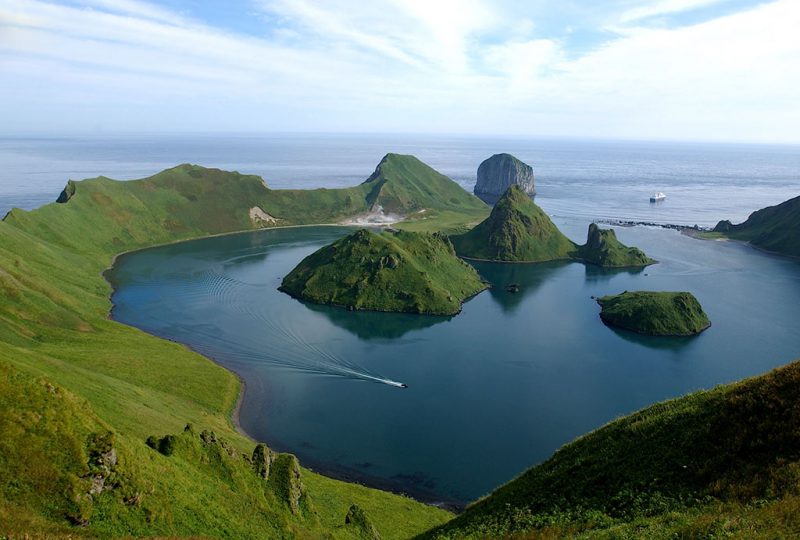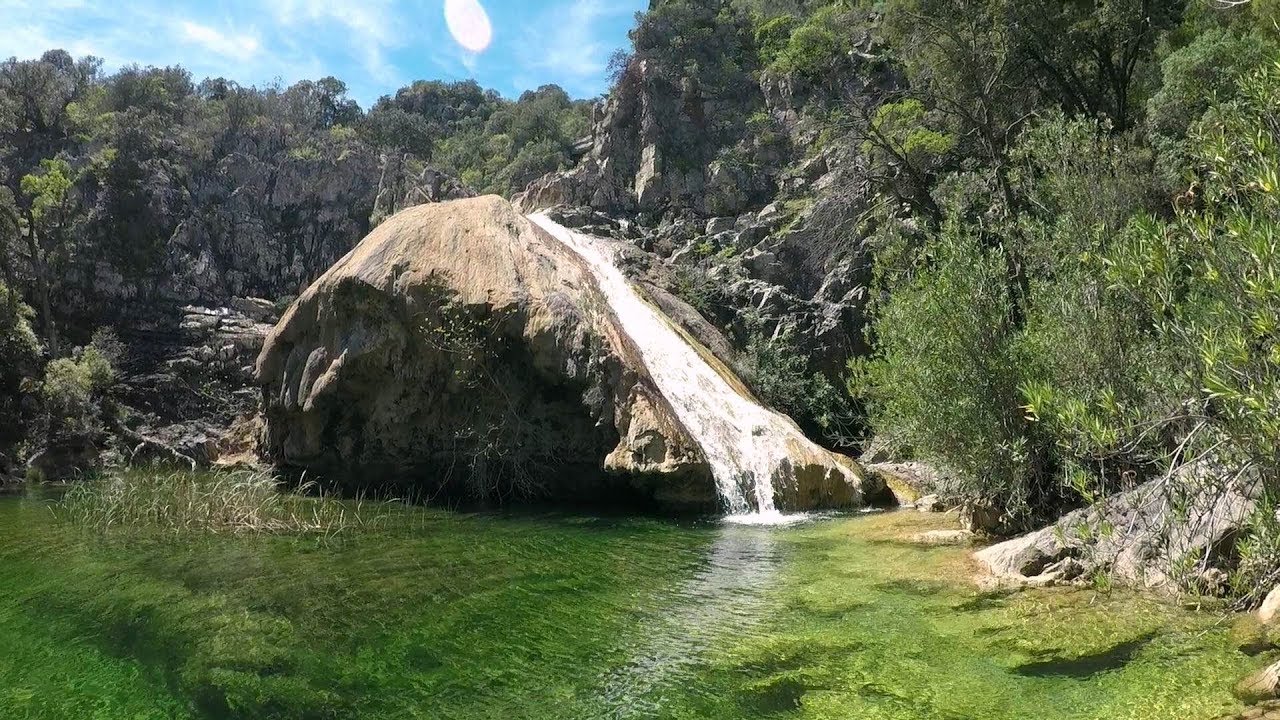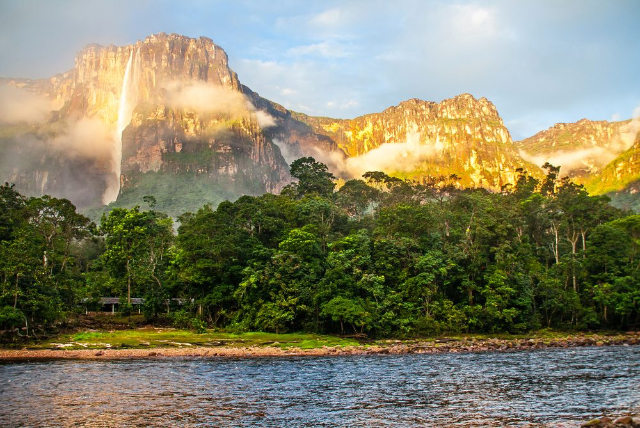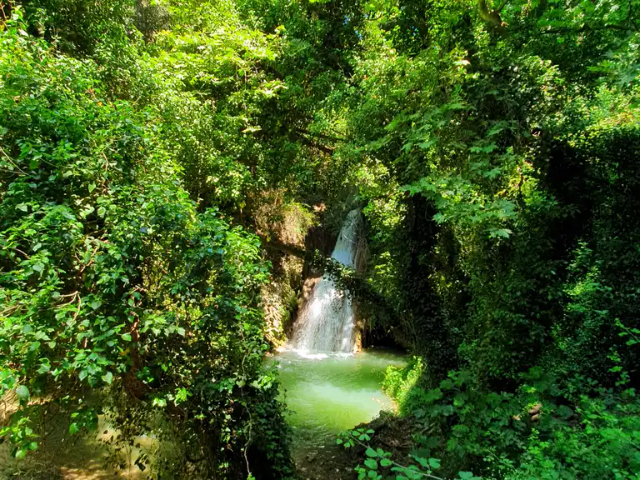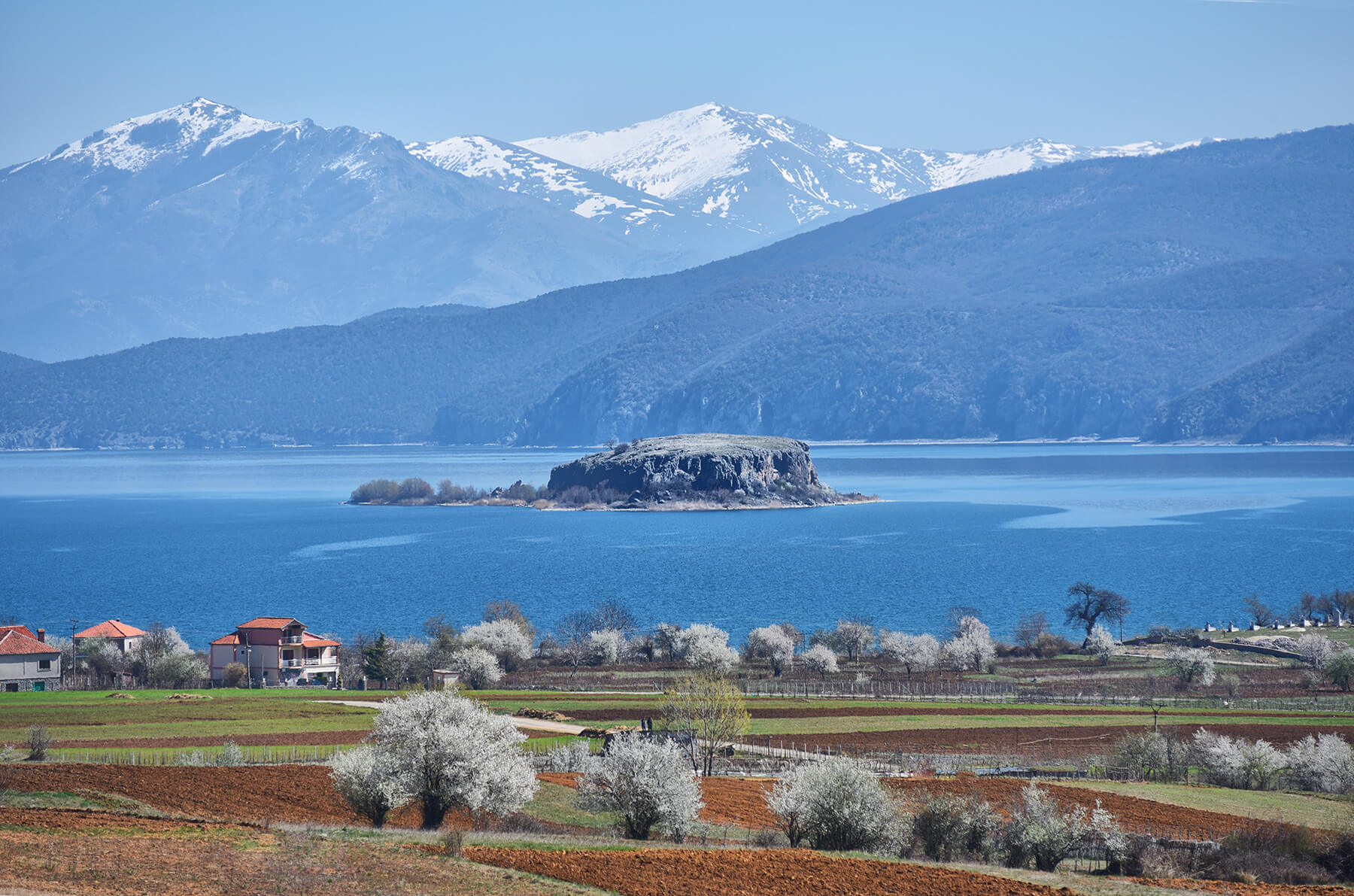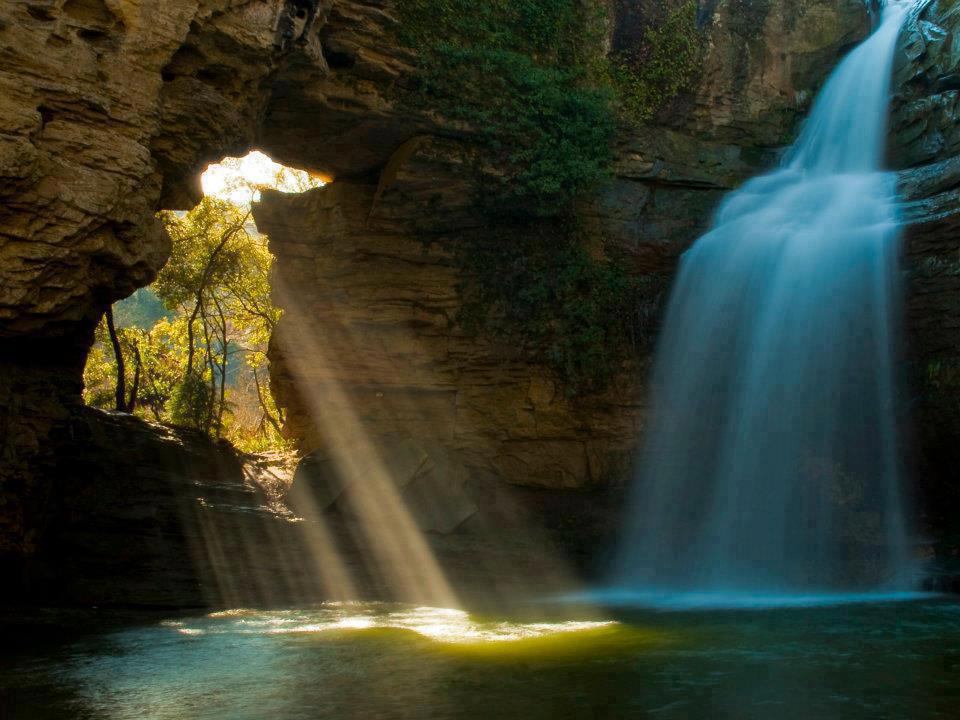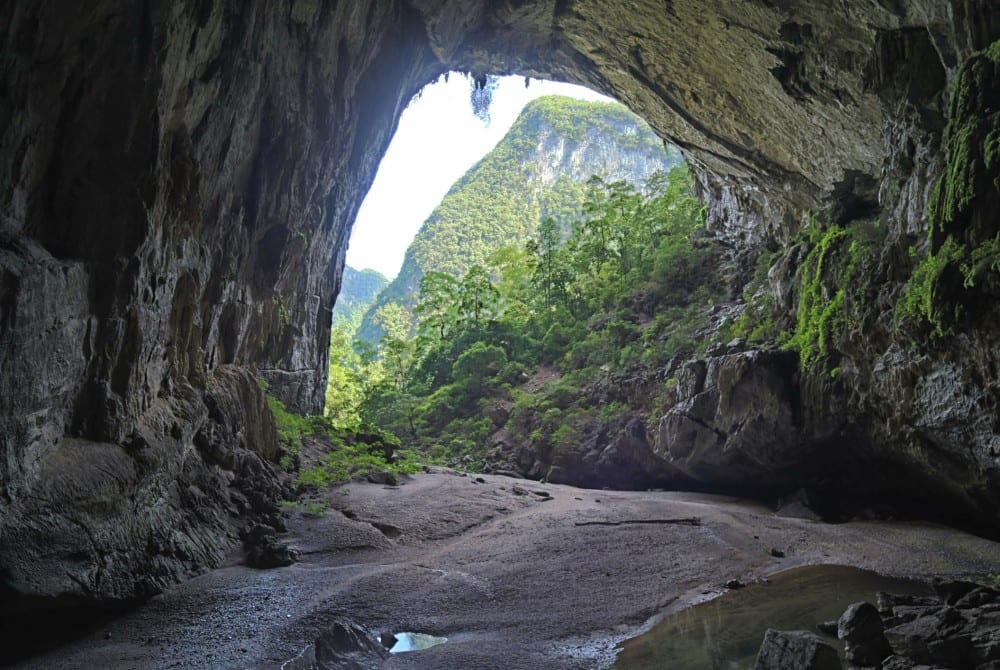Stretching like a string of pearls from the Kamchatka Peninsula, Russia in the north to Hokkaido, Japan in the south, the Kuril Islands are in our opinion more precious than pearls. Erupted up out of the ocean depths as the Pacific tectonic plate collided with the Eurasian plate, these islands are born of fire. They are a living example of the “Ring of Fire”, many of the volcanoes are still active. Geographers argue over just how many islands there are, it depends on your definition of an Island, but it is somewhere about 56. Geographically, climatically, botanically and historically they can be divided into three groups, the southern, central and northern groups.
Their political history is about as turbulent as their geological history. They played a little known but important part in the battles for the Pacific during the Second World War. War relics abound. Today the ownership of some of the Islands are disputed. At the Yalta conference in 1945 Russia was awarded the Kuril Islands. Japan disagrees with the interpretation of the conference where it concerns a number of the southern Kuril Islands.
Fortunately flora and fauna pays no respect to man-made political boundaries and these Islands, of which only five are inhabited are a treasure trove for the natural history enthusiast.
